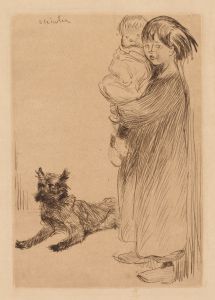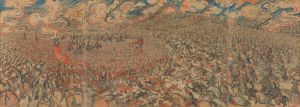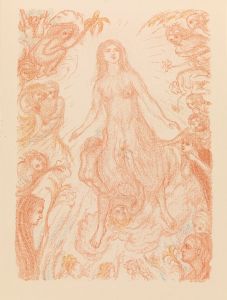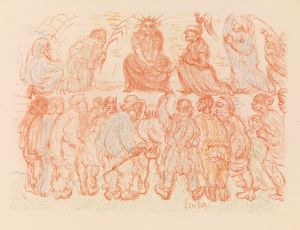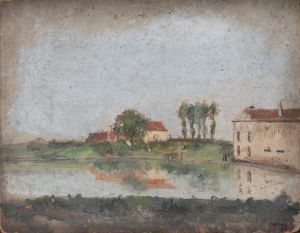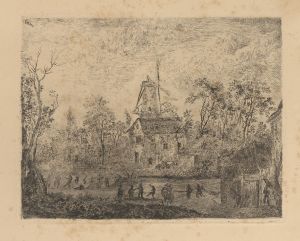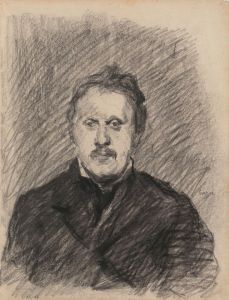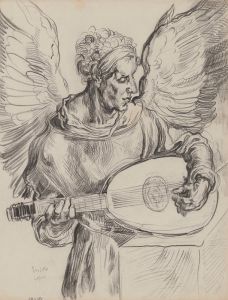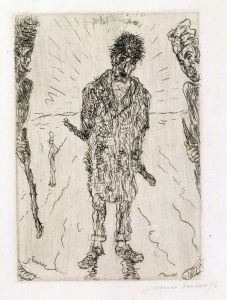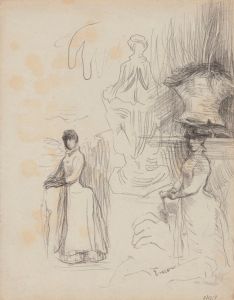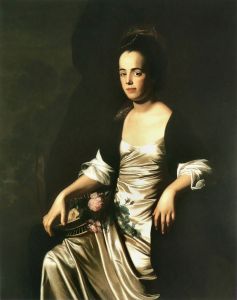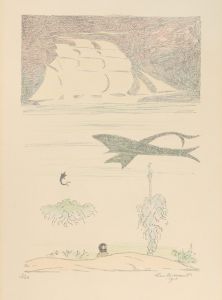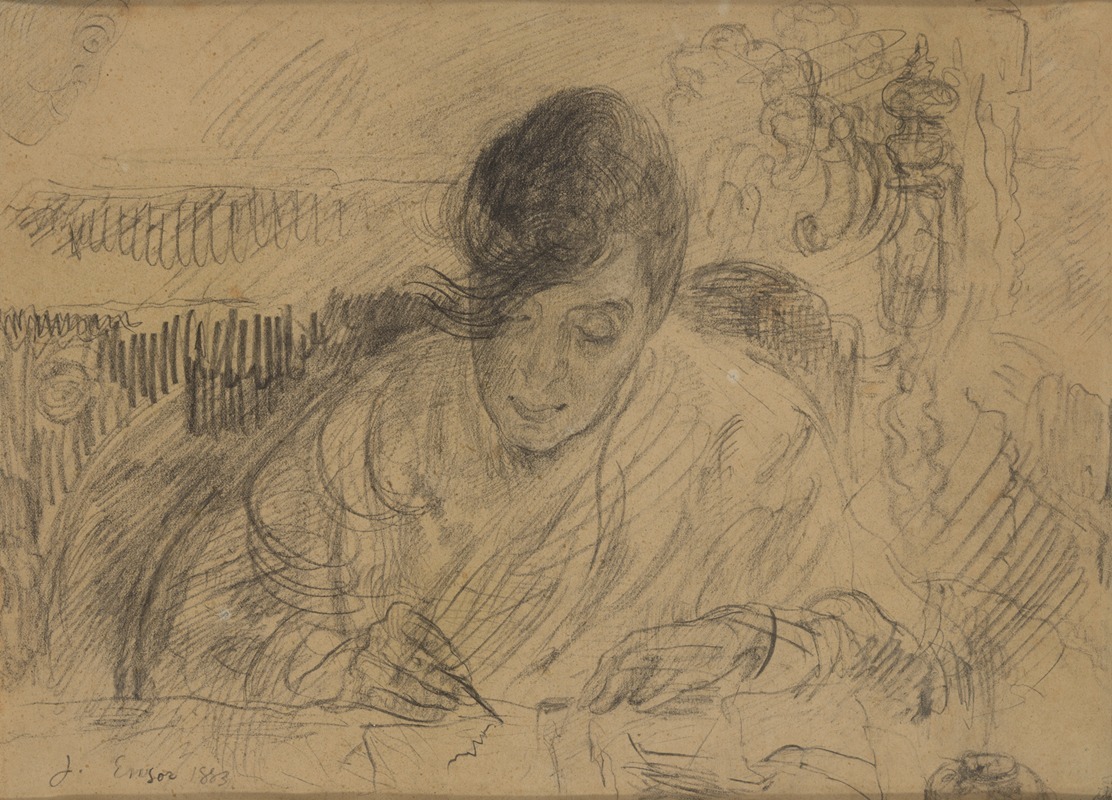
De briefschrijfster
A hand-painted replica of James Ensor’s masterpiece De briefschrijfster, meticulously crafted by professional artists to capture the true essence of the original. Each piece is created with museum-quality canvas and rare mineral pigments, carefully painted by experienced artists with delicate brushstrokes and rich, layered colors to perfectly recreate the texture of the original artwork. Unlike machine-printed reproductions, this hand-painted version brings the painting to life, infused with the artist’s emotions and skill in every stroke. Whether for personal collection or home decoration, it instantly elevates the artistic atmosphere of any space.
James Ensor's painting "De briefschrijfster," translated as "The Letter Writer," is a notable work by the Belgian artist, renowned for his unique style and contribution to the Symbolist movement. Ensor, born in 1860 in Ostend, Belgium, was a pivotal figure in the transition from the 19th-century artistic traditions to the modernist movements of the 20th century. His work often features vivid colors, imaginative themes, and a distinctive use of light and shadow, which are evident in "De briefschrijfster."
Created in 1885, "De briefschrijfster" is an oil painting that reflects Ensor's fascination with the human condition and his ability to capture the subtleties of everyday life. The painting depicts a solitary woman engrossed in the act of writing a letter. This subject matter is consistent with Ensor's interest in exploring themes of isolation, introspection, and the inner workings of the mind. The composition is intimate, drawing the viewer into the personal space of the letter writer, and invites contemplation of her thoughts and emotions.
Ensor's technique in "De briefschrijfster" showcases his skillful use of color and texture. The palette is relatively subdued compared to some of his later works, which are known for their vibrant and sometimes jarring colors. Here, the tones are softer, creating a calm and contemplative atmosphere. The brushwork is delicate, with careful attention to detail, particularly in the rendering of the woman's clothing and the surrounding interior. This attention to detail helps to convey the quiet intensity of the moment captured in the painting.
The setting of "De briefschrijfster" is typical of Ensor's domestic scenes, which often feature interiors filled with objects that suggest a narrative or hint at the personality of the subject. In this painting, the furnishings and decor are understated, allowing the focus to remain on the figure of the letter writer. The simplicity of the setting enhances the emotional impact of the painting, emphasizing the solitude and concentration of the woman as she writes.
"De briefschrijfster" is an example of Ensor's early work, produced during a period when he was still developing his distinctive style. It reflects the influence of the Realist and Impressionist movements, which were prevalent in Europe at the time. However, Ensor's unique vision is already apparent in the painting's composition and thematic focus. His ability to convey complex emotions through simple, everyday scenes is a hallmark of his work and contributes to his lasting reputation as a master of modern art.
James Ensor's contributions to art extend beyond his paintings. He was a member of the avant-garde group Les XX, which played a crucial role in promoting innovative art in Belgium. His work, including "De briefschrijfster," has been influential in shaping the course of modern art, inspiring subsequent generations of artists with its bold exploration of psychological and existential themes.
Today, "De briefschrijfster" is appreciated not only for its aesthetic qualities but also for its insight into the human experience. It remains a testament to Ensor's skill as an artist and his ability to capture the nuances of life with sensitivity and depth. The painting is part of various collections and continues to be studied and admired by art enthusiasts and scholars alike.





